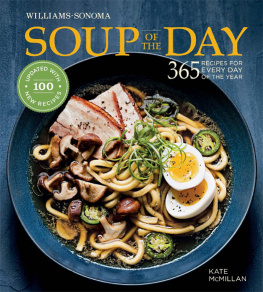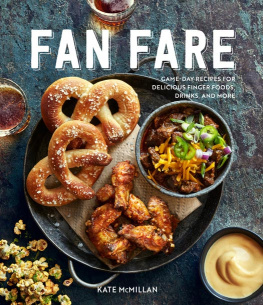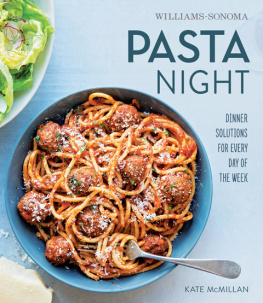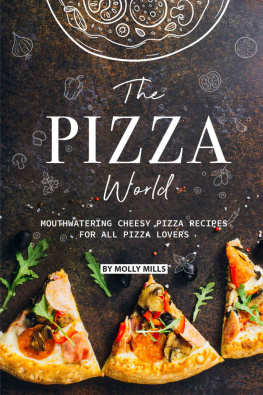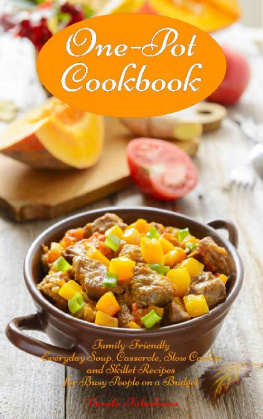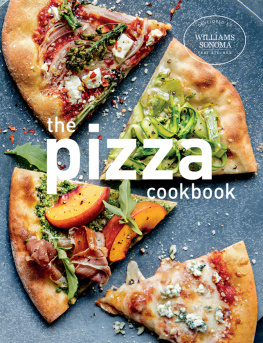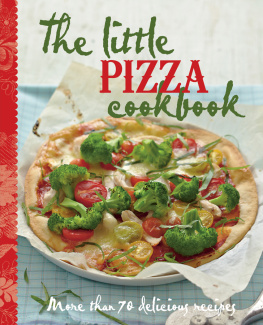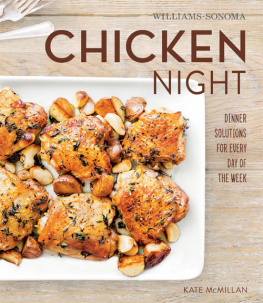PIZZA
NIGHT
KATE McMILLAN
PHOTOGRAPHS BY ERIN KUNKEL

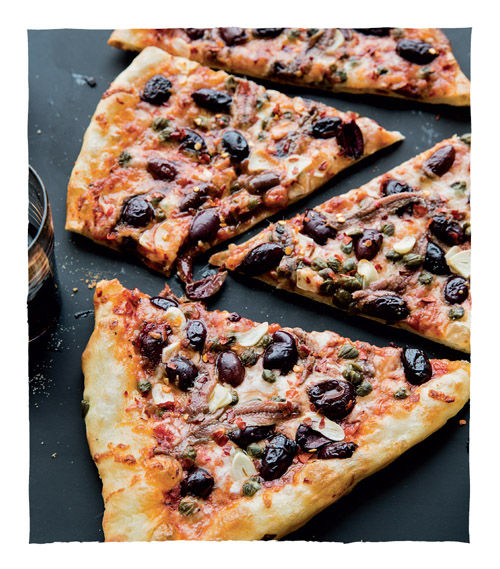
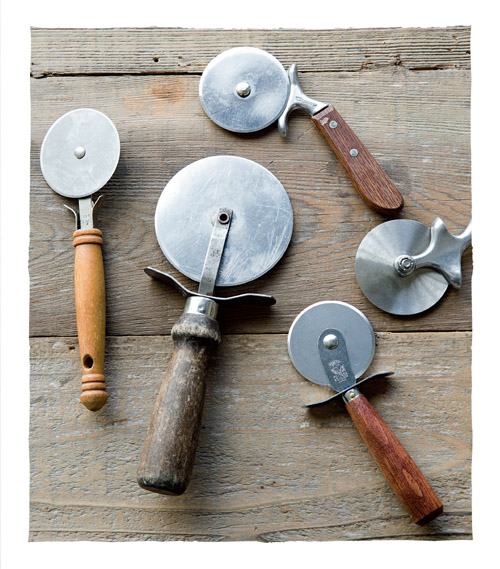
CONTENTS
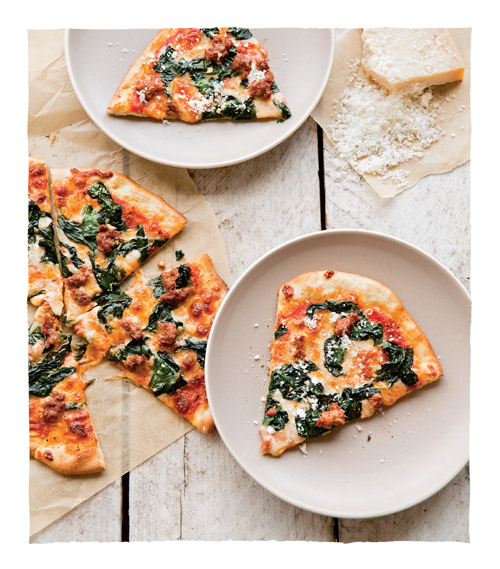
PIZZA FOR DINNER
Everyone likes pizza night. And if theres anything better than pizza night, its homemade pizza night. Making pizza at home that is the equal of some of the best pies you have tasted in pizzerias is surprisingly easy. Indeed, all thats needed for even the novice cook to master pizza making at home is a little planning, a few hours of practice, and a collection of great recipes.
With this book in hand, you can gather family and friends for a pizza dinner whenever the inspiration or the craving strikes. Here, youll find simple recipes for doughs, sauces, pizzas, salads, and sides, as well as tips and timelines for ensuring that pizza night is a delicious, wholesome, and fun meal everyone will enjoy.
One reason pizza is wildly popular is because it boasts countless variations. For example, a crust can be gluten-free or whole wheat, cracker thin or deep dish. It might be spread with a traditional tomato sauce or with a heady basil pesto and then topped with nearly any cheese imaginable, from mozzarella to ricotta to feta, along with a vegetable, meat, or seafood. It is easily geared to dietary restrictions, too, whether diners are vegetarians, gluten intolerant, or just watching calories.
Doughs and sauces can often be made in advance and frozen, a time-saver for busy cooks. Toward that end, each of the dough recipes that follows yields two crusts, so you can use half of the dough the day you make it and freeze the rest for another night. With the dough and sauce already on hand, a whole pie can come together in less than a half hour. When you pair it with an easy vegetable-based side dish, pizza night becomes a balanced dinner.
Making your own pizza also saves money, and you can control the quality of the ingredients and what and how much goes on each pie. Pizza night might feature a classic offering, such as a margherita, or be an excuse to use up leftovers in the fridge, like cooked chicken or last nights grilled zucchini. For weekend entertaining, its easy to dress up pizza with special toppings. You might even arrange the options on a buffet and invite guests to assemble their own pies.
Once you dip into the following pages, impatiently awaiting a pizza delivery or sliding a supermarket-bought frozen pie into the oven will be forever in the past, and pizza night will mean only one thing: pizza made just the way everyone likes it.
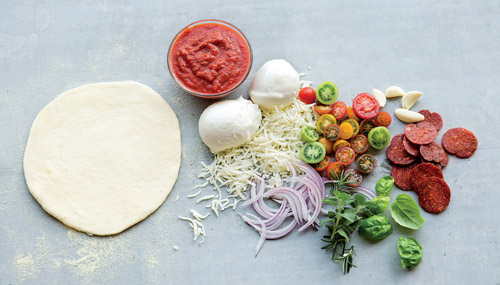
ANATOMY OF A PIZZA
A classic pizza consists of four components: the base, the sauce, the toppings, and the garnishes. Each component offers a number of possibilities, so that you can customize each pie to your liking. You can even leave out one or more of the components, depending on the combination you choose. Here are a few tips to ensure that what you select for each component will add up to a successful pizza.
THE BASE
The base must be sturdy enough to stand up to your chosen toppings and complement their flavors. Each recipe offers a suggested base, but feel free to opt for what works best for you.
THE SAUCE
The choice of sauce helps inform what your toppings will be. Spread the sauce on the base with a light touch. It should act as a seasoning for the pizza, bringing all the elements together.
THE TOPPINGS
Never pile on too many toppings, in either number or weight. A few carefully selected ingredients will ensure that each one will shine. Use cheese prudently, so it doesnt overwhelm the flavors of the other ingredients.
THE GARNISHES
Employ simplicity for garnishes, such as a sprinkle of coarse salt to enhance all of the flavors, a drizzle of olive oil for an attractive sheen, a scattering of red pepper flakes for a touch of heat, or a small handful of torn herbs for a bright, fresh finish.
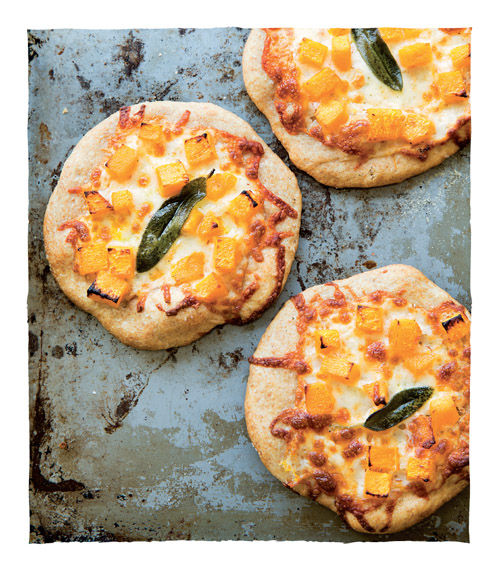
PIZZA PRIMER
Making pizza at home is easy and doesnt need to be time-consuming or labor-intensive. With just a few tools, a little prep work, and some everyday skills, serving homemade slices is doable on any weeknight schedule. Keep these tips and tricks in mind and youll make a terrific pizza every time.
TOOLS FOR SUCCESS
These basic tools will help you craft a perfect pizza every time.
FOOD PROCESSOR This appliance makes quick work of mixing pizza dough, saving time and elbow grease.
PIZZA STONE Pizzas are baked on this flat piece of unglazed stoneware, which absorbs the high heat of the oven, producing a crisp crust.
PIZZA PEEL A wide paddle attached to a long handle, this tool helps simplify transferring a pizza to and from a hot oven.
PASTRY BRUSH This everyday kitchen tool is handy for brushing the edge of a pizza crust with olive oil just before baking.
CHEFS KNIFE, KITCHEN SHEARS, OR A PIZZA WHEEL A large chefs knife is the best choice for cutting a pizza, though a pizza wheel or kitchen shears will also do the job.
FOOLPROOF PIZZA FORMULA
You dont need to learn to toss pizza dough in the air to become a pizza pro. In fact, just a little practice goes a long way in perfecting your pies. Heres a formula to guide you on your way to flavorful pizzas with crispy crusts and bubbly-cheese perfection.
FRESH IS BEST Starting with top-notch ingredients is the best way to guarantee tasty results. Buy the best-quality cheese, olive oil, and toppings your budget will allow.
LET IT REST If your dough continues to bounce back when you are stretching it out, set it aside to rest for a few minutes, then try again.
LEAVE AN INCH Leave at least a 1-inch (2.5-cm) border of bare crust (brushed with olive oil), so the toppings wont escape over the edges during baking.
LESS IS MORE To avoid overtopping a pizza, which can yield a gummy crust and floppy slices, approach your toppings with the less is more rule. First, lightly coat all but the 1-inch (2.5-cm) border of the crust with the sauce. Next, apply the cheese so that it barely covers just the sauce. For toppings, keep it simple, using no more than three and scattering them lightly enough that the cheese is still visible.
HEAT IT UP Before baking a pizza, make sure the oven has reached its highest possible temperature and that the pizza stone has had time to absorb the heat. If the temperature is too low, the pizza will be undercooked. Resist the temptation to open the oven before the suggested cooking time has been reached.
TRANSFER WITH CARE The thought of transferring a pizza from a peel to a stone can be intimidating. To ensure success, make sure the peel is well floured before you top it with the pizza. If it isnt, when you try to slide the pizza onto the stone, the pizza will stick and toppings will go flying. Use a large, flat spatula first to loosen the pizza from the peel and then to guide it into the oven and onto the stone.
COOL, THEN CUT Once the pizza is out of the oven, let it cool for a few minutes before cutting. This will prevent burned mouths and will keep the melted cheese and toppings from sliding off the slices.
Next page




